Speaking in Frankfurt, ECB Governing Council member Pierre Wunsch indicated the even though the outlook remains “foggy”, he saw a “path for initiating rate cuts this year.” He added that the upcoming June meeting would provide clearer insights into wage and service sector dynamics for making the decision.
Wunsch further explained that there is “no sign of de-anchoring” regarding longer-term inflation expectations, which supports the argument the costs of remaining “tight for too long” seem to outweigh those of a “premature loosening”.
However, Wunsch also noted “significant risks” related to the path of wage growth and inflation in sectors with high labor costs. Therefore “now is not the time to commit to a preset course of action” he added.




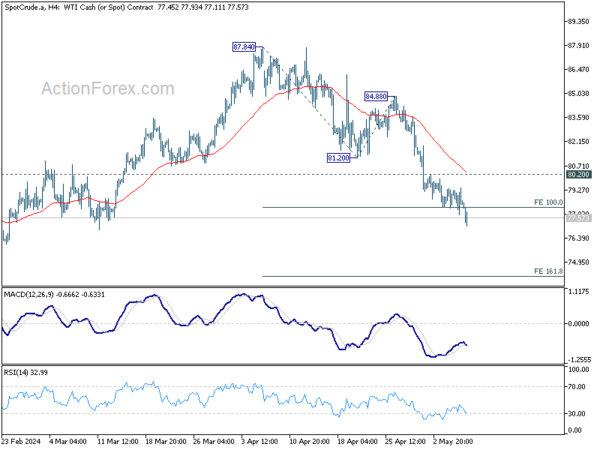
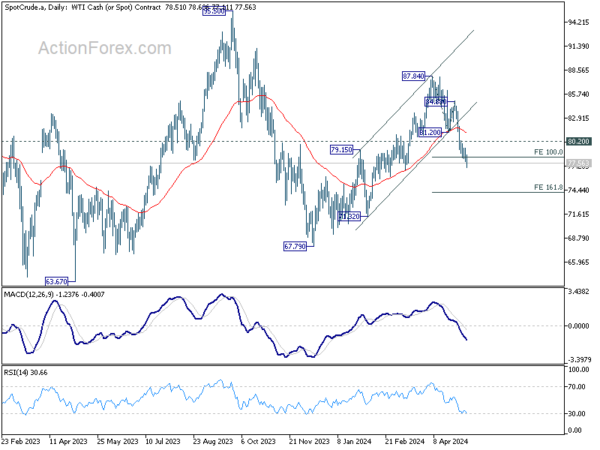
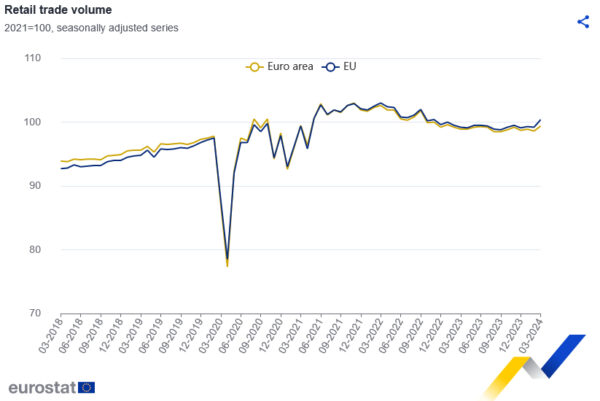
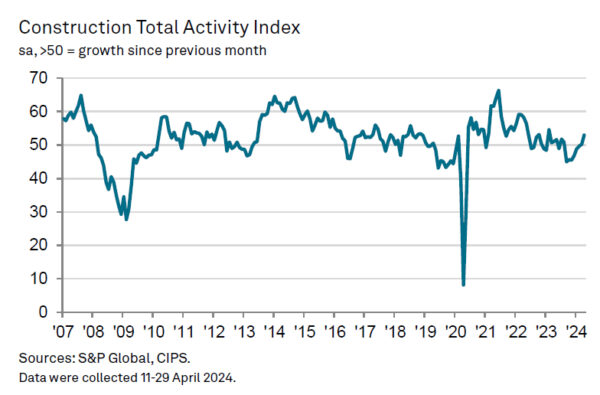
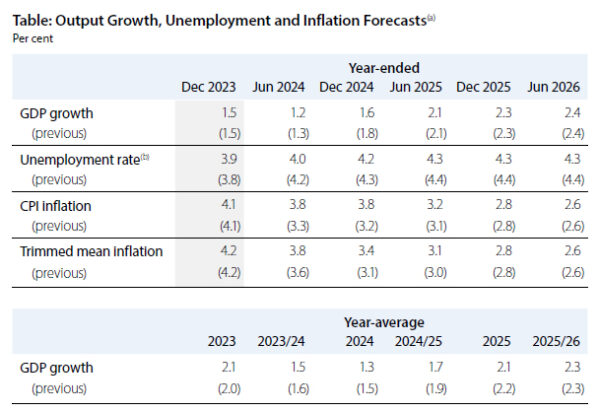
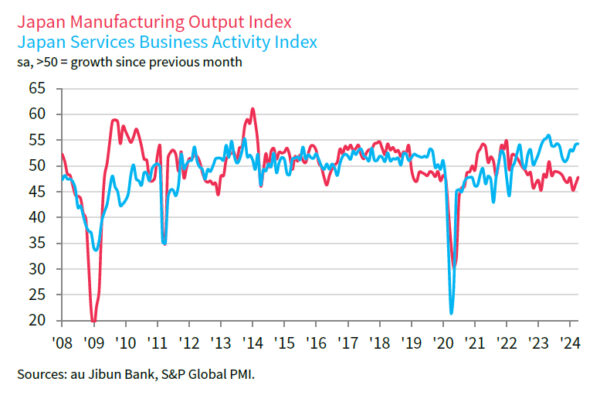
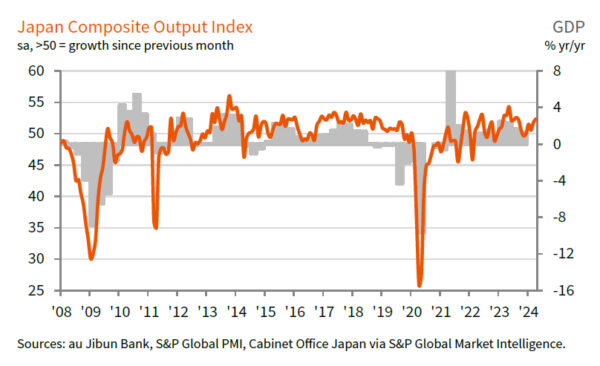
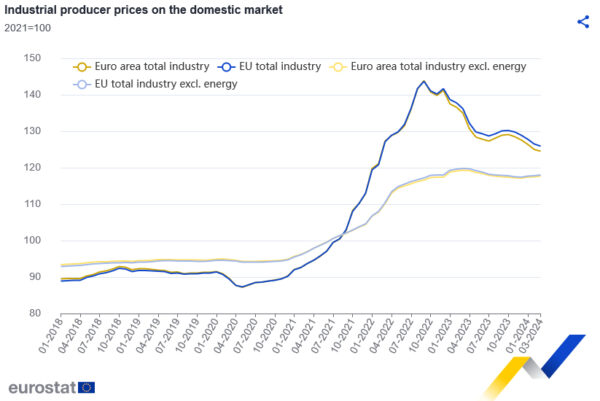
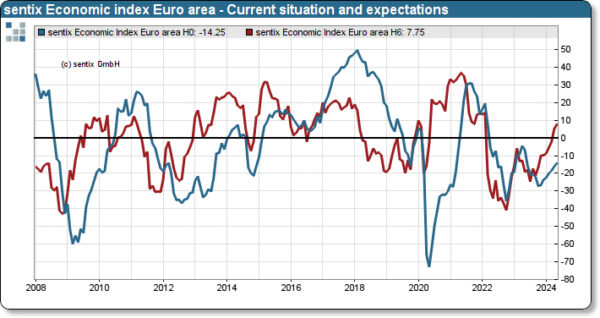
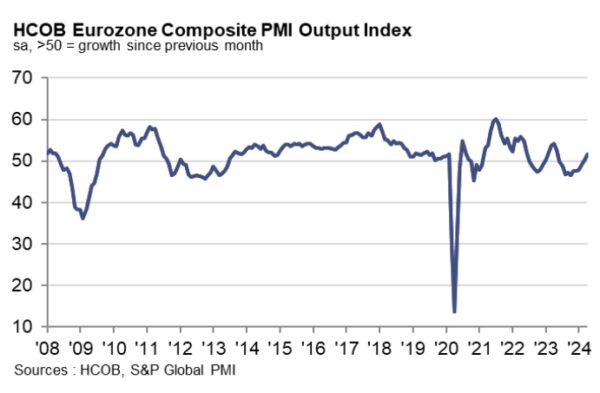
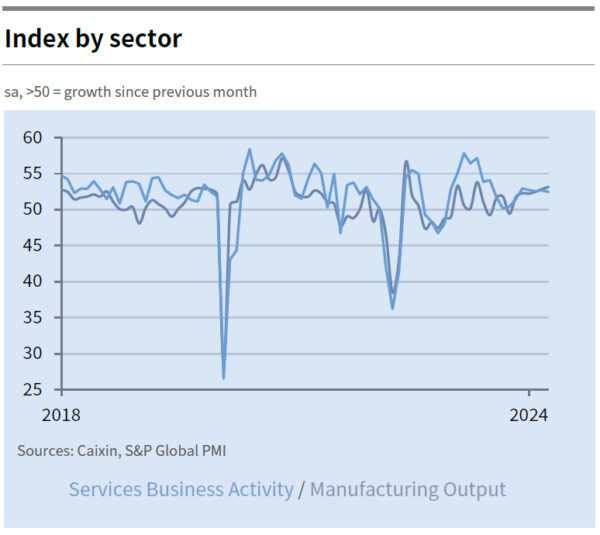
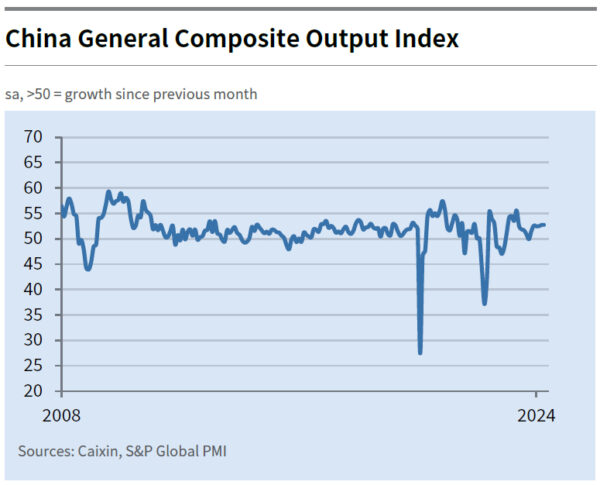

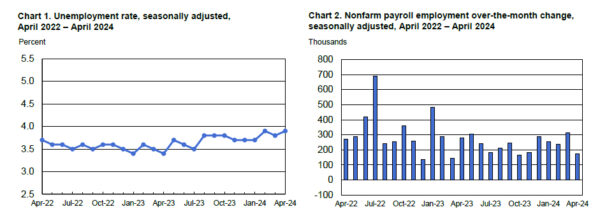
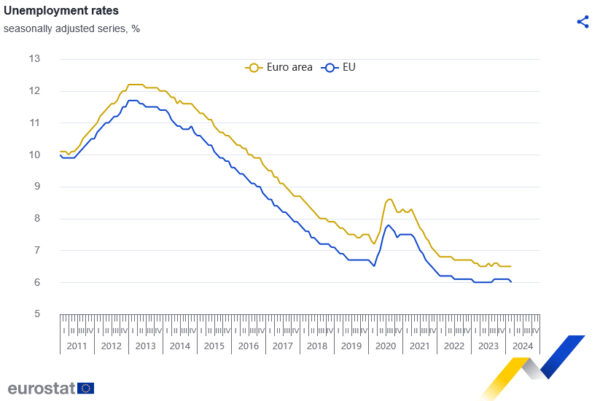

ECB’s Holzmann decisively against quick and strong interest rate cuts
In an interview published today, ECB Governing Council member Robert Holzmann indicated that while he is open to rate cut in June, “I see absolutely no reason for us to cut key interest rates too quickly, too strongly,” he said.
Holzmann also acknowledged the significant influence of Fed on ECB decision-making. He described the Fed as “the gorilla in the room,” emphasizing how ECB policies are, to some extent, shaped by actions taken by the US central bank, particularly due to the dollar’s pivotal role in the global economy.